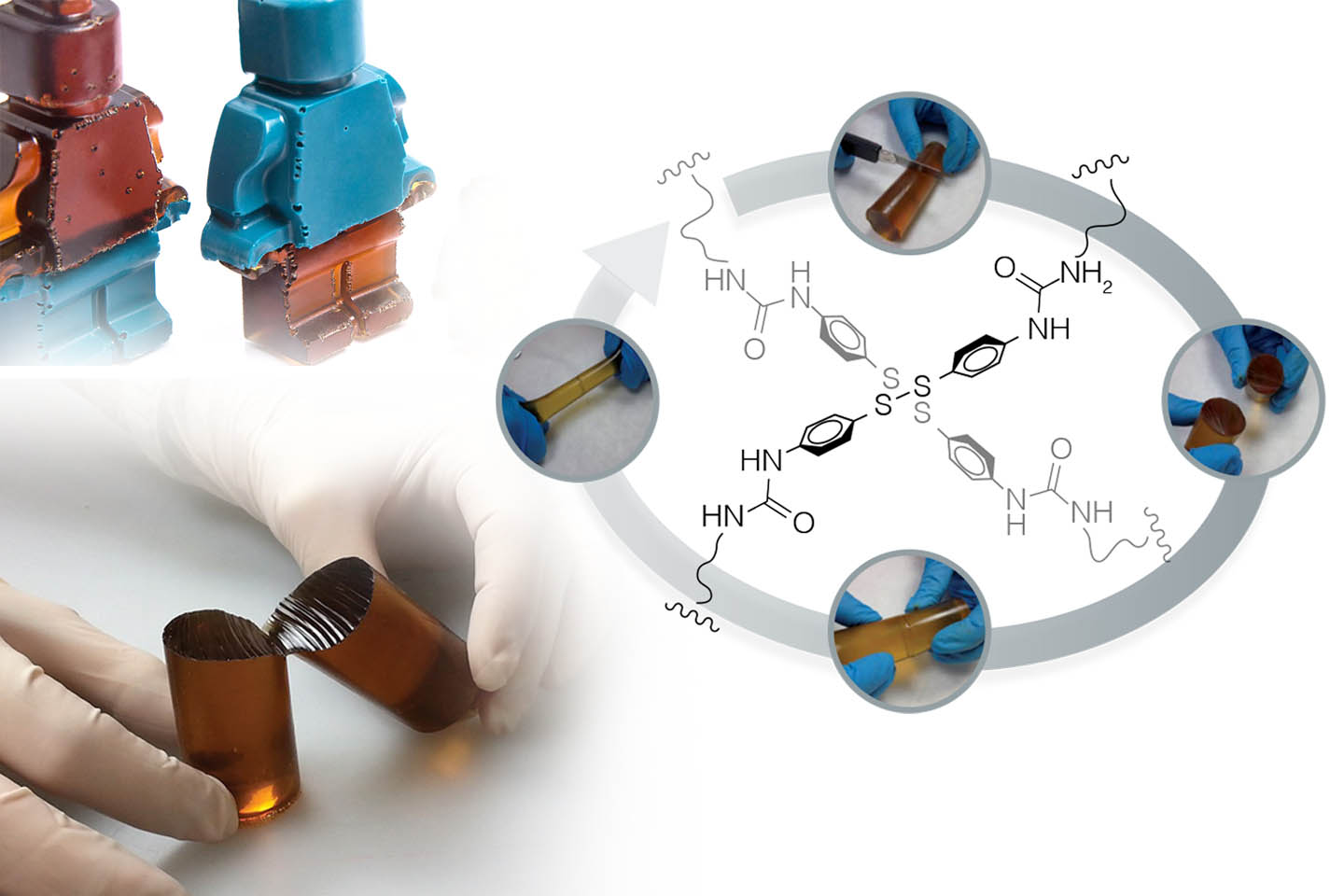Termınator Plastıc That Fıxes Itself
If one of your bones is broken, your body will fix that bone slowly and when you scratch your skin, it will replenish itself. But it doesn’t count when it comes to mundane materials used to build houses and such things. These materials are nearly impossible to fix. It’s said that it will change soon. Scientists will take example of nature and will try to produce materials that self regenerates itself.
Thanks to self-regenerate plastics, your cracked phone screen and broken tennis racket will fix itself on its own. Developed polymer can fix 3 cm radius cracks, up to 100 times more than previous experiments. They Gave the Name “Terminator” To That Plastic.
They got inspiration from coagulation of blood, and it’s able to send chemicals to damaged areas. This new plastic’s properties that developed by scientist at the Illinois University explained in the magazine called Science. This is something all scientists have been wanting for a long time.
Thanks to the present invention, the cracks in the water pipes, the body of the car can close itself. Satellites will be able to repair the damage they suffered. Your mobile PCs or phones’ damaged electronic chips can repair themselves. The first major step was taken in 2001 at the University of Illinois. Professor Scott White and his colleagues developed a polymer using microscopic capsules containing a liquid “curative” substance.
When the substance cracked, the chemical substance was released and closed the cracks. Even harder, water-resistant surfaces and even electrical circuits have been treated with recovery technology. But even the most advanced healing plastics and polymers could repair only very small cracks until now.
Capillary Veins
For the repair of greater damage, Professor White and his team have developed a polymer with capillaries, new and inspired by the human body. A network of veins transmits the healing fluid to the damaged area. Chemical substances flow from two different places and fill the crack with a two-stage reaction. First, a jelly-like bridge is formed over the crack, then this jelly turns into a strong and hard structure.
Science magazine article said “we filled the large areas, larger than 35mm, within 20 minutes and made it mechanically available within three hours,”. The experiments show that 62 percent of healing substances have recovered. The new plastic developed can lead to repair of lead, bomb and rocket damage in the future.



